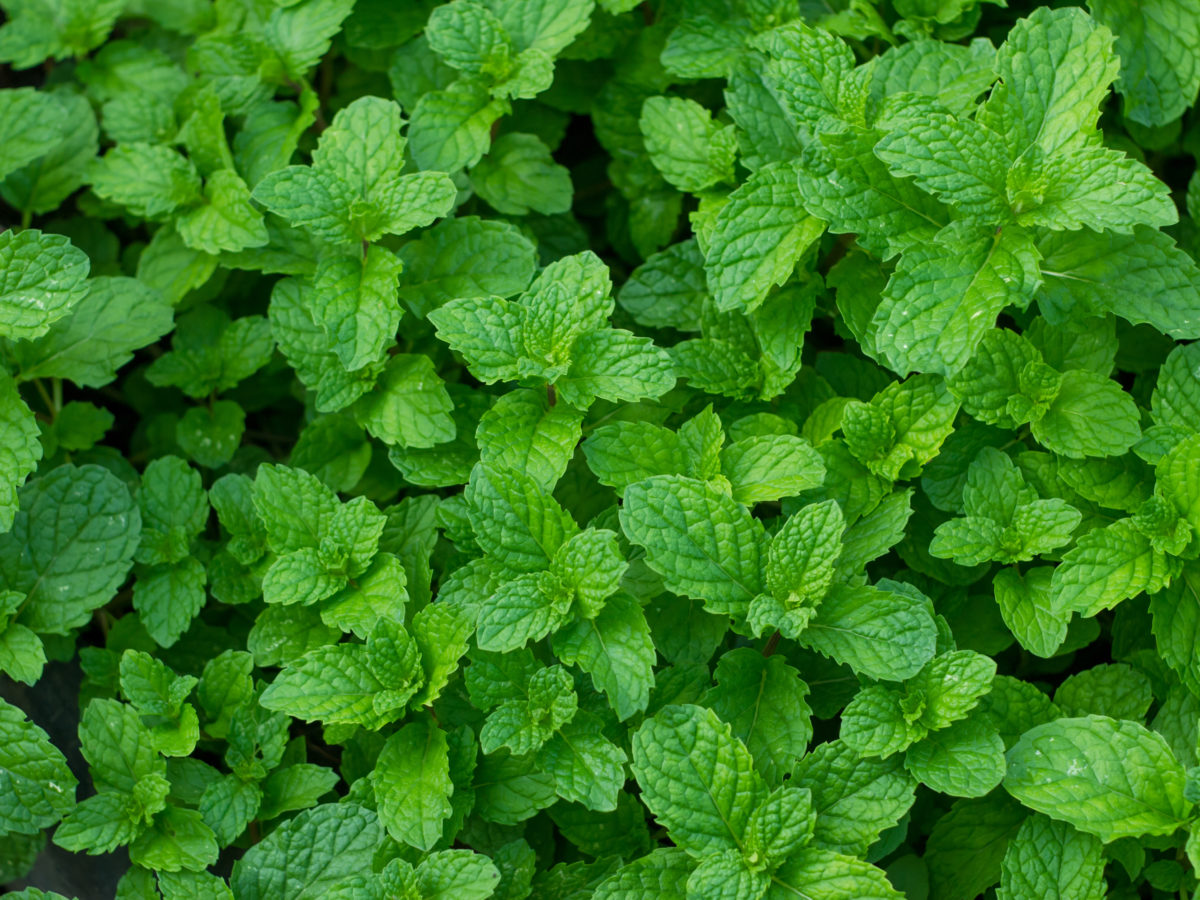

Mints strewn about rodent -ridden areas are said to keep the rodents away.
#Mint plant skin#
A strong mint infusion makes a refreshing skin splash or addition to the bath. In addition to its popularity as a culinary herb, mint is popular for its use in cosmetics, as a pest repellent, and in potpourri. To dry mint, either lay a thin layer of leaves on paper towels or hang in bundles of 4 to 6 stems, and store in a cool, dry, dark place. Fresh leaves are best and should be refrigerated in plastic bags, though only briefly.

Leaves can be used either dried or fresh. Young, tender leaves and stems are better for uses featuring the herb's flavor since older ones tend to be bitter and woody. They will be much bushier and more attractive. Harvesting and Uses Frequent harvesting is good for mints. The pot can then be dunked in the dilute ammonia solution. After several days the inside of the pot will covered with slugs. Slugs can be conquered by luring them to an overturned pot in a dark moist spot. Instead, drown them in a bucket of dilute ammonia solution.
#Mint plant full#
Don't smash snails since they are likely to be full of eggs that will survive the impact. The best remedy for ridding your plants of snails is to hand pick the critters in the early morning as they return to their shady hiding places for the day. Mints are more likely to meet their demise as snail or slug fodder, than from a bout of rust. If signs of rust appear, the plants should be dug up and destroyed. Rust shows up as orange freckles on the lower foliage and stems. Plants are readily available in Houston nurseries. Because mints send out invasive runners just below the soil surface, it is a good idea to surround the plant with a 10" deep barrier like plastic landscape border. Mints are propagated easily by cuttings, division, or layering. Flowers and seed heads should be immediately pinched back to prevent cross-bred plants in your garden. Seeds are readily available, but not recommended, since plants true to the parent are difficult to come by. They seek the available light, so they tend to get leggy when planted in shady spots. Apply fertilizer when mint is in "hibernation." Mints require a steady water supply, but don't care to have wet feet. Plants will thrive if provided with a boost of organic matter such as decayed manure or a well-balanced fertilizer. In our scorching summers, the plants tend to go into "hibernation," but will reappear when cooler temperatures resume. They prefer rich, moist soil, and sun to partial shade. Varieties most popular include:Ĭultivation Mints grow well in the Houston area given proper growing conditions. Purple, pink or white blooms appear in mid- to late-summer. The leaves usually are creased, serrated, round to oval, and pointed at the tip. All plants feature square stems, opposite leaf arrangement, and flowers in terminal heads, spikes or whorled arrangement. The herb that flavors our toothpaste, breath fresheners, cough drop and chewing gum invokes a cool, refreshing feeling. No herb is more widely known than the fragrant mint.


 0 kommentar(er)
0 kommentar(er)
